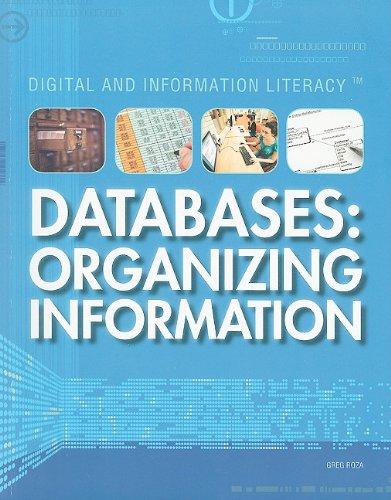Question
Whats wrong with my code? C++ please answer before 12:00am #include using namespace std; #include // needed for functions that start with mem #include //
Whats wrong with my code? C++ please answer before 12:00am
#include
using namespace std;
#include
#include
#include
int main ()
{
const long MaxCols (60);
const long MaxRows (60);
const time_t WaitTime (3);
bool Board [MaxRows] [MaxCols];
long CurrCol;
long CurrRow;
long Generation;
time_t StopTime; // time_t means unsigned 64 bit unsigned whole number
memset (Board, false, MaxRows * MaxCols * sizeof (bool)); // only guaranteed to work when setting to 0
// Allow user to initialize board as to which cells are alive or dead
for (CurrRow = 0; CurrRow < MaxRows; CurrRow++)
Board [CurrRow] [CurrRow] = true;
for (Generation = 0; ; Generation++)
{
// Show the board
system ("cls");
cout << "\tGeneration: " << Generation << endl;
for (CurrRow = 0; CurrRow < MaxRows; CurrRow++)
{
for (CurrCol = 0; CurrCol < MaxCols; CurrCol++)
cout << (Board [CurrRow] [CurrCol] ? '*' : ' ');
cout << endl;
}
// for each cell on the board
// count how many neighbors are alive
// apply rules to determine what happens to cell in next generation
// update the board
// ask if user wants to exit or not
StopTime = time (0) + WaitTime; // time (0) gets current time in seconds from Jan 1, 1970
do {
} while (StopTime > time (0)); // keep looking at clock until it is the stop time
}
}
Write a program to implement the simulation of life as described in Scientific American by Martin Gardner. The program will be implemented on a two dimensional surface of size 60 by 60 visible elements. The rules of the simulation are as follows: 1) Aninitialsetofcellsaremarkedasalivebytheuser.Thisisgeneration0.Your program will ask the user to input a set of row and column values to let the user determine which cells are alive. Display this generation. 2) Cells change for each succeeding generation by the following rules: A living cell dies of overcrowding in the next generation if it currently has 4 or more living neighbors. A living cell dies of loneliness in the next generation if it currently has only 0 or 1 living neighbors. An empty cell becomes a birth cell (becomes alive) in the next generation if it has exactly 3 living neighbors. All other cells remain unchanged. 3) The new generation becomes the current generation and is displayed. 4) Afterdisplayingeachnewgeneration,asktheuseriftheywishtocontinuetothe next generation or stop at this point.
Step by Step Solution
There are 3 Steps involved in it
Step: 1

Get Instant Access to Expert-Tailored Solutions
See step-by-step solutions with expert insights and AI powered tools for academic success
Step: 2

Step: 3

Ace Your Homework with AI
Get the answers you need in no time with our AI-driven, step-by-step assistance
Get Started


